Septic Tank Pumping And What You Need To Know
Septic systems are installed in approximately 1 out of every 4 homes in the U.S., prevalent among rural families that rely on them for sewage disposal across Riverside County, CA. Rather than pumping waste through sewer mains to a central sewage processing plant, septic systems pump solid and liquid waste from the house into pipes that lead to an underground tank.
How Does A Septic System Drain And Work
In a traditional septic system, all wastewater and effluent generated by the home are carried away by drainage water through an underground pipe to the septic tank. Whether sewage flows by gravity or with the help of an electric pump, it generally exits a building through a pipe. The septic tank contains the wastewater, separating into layers of solids on the bottom and oils, grease, and liquid at the top.
When the tank is full, sludge on top of water lies in a series of porous pipes to a drain field prepared with gravel and other aggregates that help disperse the liquid waste. As gravity pulls the liquid waste downward, bacterial action neutralizes the pathogens before it reaches groundwater supplies. Meanwhile, the solids in the tank break down under the effect of anaerobic bacteria to create a sludgy substance that collects at the bottom. If those bacteria are sufficiently compelling, these solid wastes get significantly reduced in volume as they break down.
How Does A Septic System Get Pumped?
The septic tank pumping service arrives with a large truck equipped with tanks and vacuum equipment, which technicians insert into the septic tank through an open maintenance hole after getting rid of its cover. Pumping out a septic tank usually begins with a truck-mounted vacuum system to extract the liquid from the tank. The technician stirs up debris in the tank (which is heavily reduced when adequately sealed) so that solids and fluids can be siphoned off more efficiently.
When to Have Your Septic Tank Pumped
The EPA (Environmental Protection Agency) recommends that a septic tank should be inspected every two to three years. The tank typically requires pumping every three to five years, with more frequent mechanical pumping required when the volume of wastewater increases.
Pumping is the process of removing sludge from the bottom of the septic tank, which needs to be done before it builds up and blocks the outlet pipe through which liquids flow. The frequency with which this needs to be done depends on several factors:
- Size of household: Larger households are more likely to overfill the septic tank because they generate a large amount of waste.
- How much wastewater is produced: The volume of sewage in the septic tank can affect how quickly it fills up.
- The amount of solids in the wastewater: Households with many toilets can fill up the septic tank quicker.
- Septic tank capacity: Larger tanks that can hold more solid sludge will need less frequent pumping.
Conclusion
If you have septic system concerns, there are several things to consider. You need to know the basics about how your septic tank works and what might cause it to become backed up or clogged. It’s also essential to understand when you should call in professionals like Canyon Hills Plumbing for assistance. We can help assess the situation and provide recommendations on what needs to be done before starting any work that will be required on your property. For all of your septic pumping concerns, contact us here at Canyon Hills plumbing.
Limited Time Offer: No Payments, No Interest for 6 Months*
Call (888) 970-7550 for details and to schedule Your FREE In-person estimate*.
Ask Us About Our Senior discounts, Veteran discounts, Military discounts, Law Enforcement discounts, First responder discounts, and Teacher discounts. *Some restrictions apply and cannot be combined with any other offers or discounts.
Trusted Professionals
Licensed & Insured Plumbers
CA Lic.#1010329, C-36 Plumbing Contractor and C-42 Sanitation Contractor.
✅ For your trust and safety you can verify our CA Contractor license & classifications HERE








